What would you do once you discover your water heater pressure relief valve leaking? The chances are high that you’ll panic, but that must not be the case when you know what to do. However, you don’t have to worry if you don’t know how to go about it.
This guide explores the basics of maintaining a water heater and its vital components. You will also learn how to respond to a leaking pressure relief valve to avoid possible accidents. But before we get started, you can gain a few insights from the experts at Clover Services.
That said, let’s dive straight into the facts!
Why Your Pressure Relief Valve Must Not Leak
The pressure relief valve plays a significant role in enhancing the safety and efficiency of a water heater. It protects you from sudden pressure surges as the heater heats the water. Any leak at the valve would compromise the water heater’s functionality.
Frequent inspection of the valve is essential to spot any possible leak. That’s because a leaking valve in your water heating system causes over-pressurization, which can pose a safety issue. You may also have to deal with system failure if you don’t fix the leak.
You may consider enlisting the help of professionals to help you detect the cause of the leak and effective ways of fixing the issue. But first, you can take a few steps to handle the leaking pressure relief valve by yourself before help gets to you.
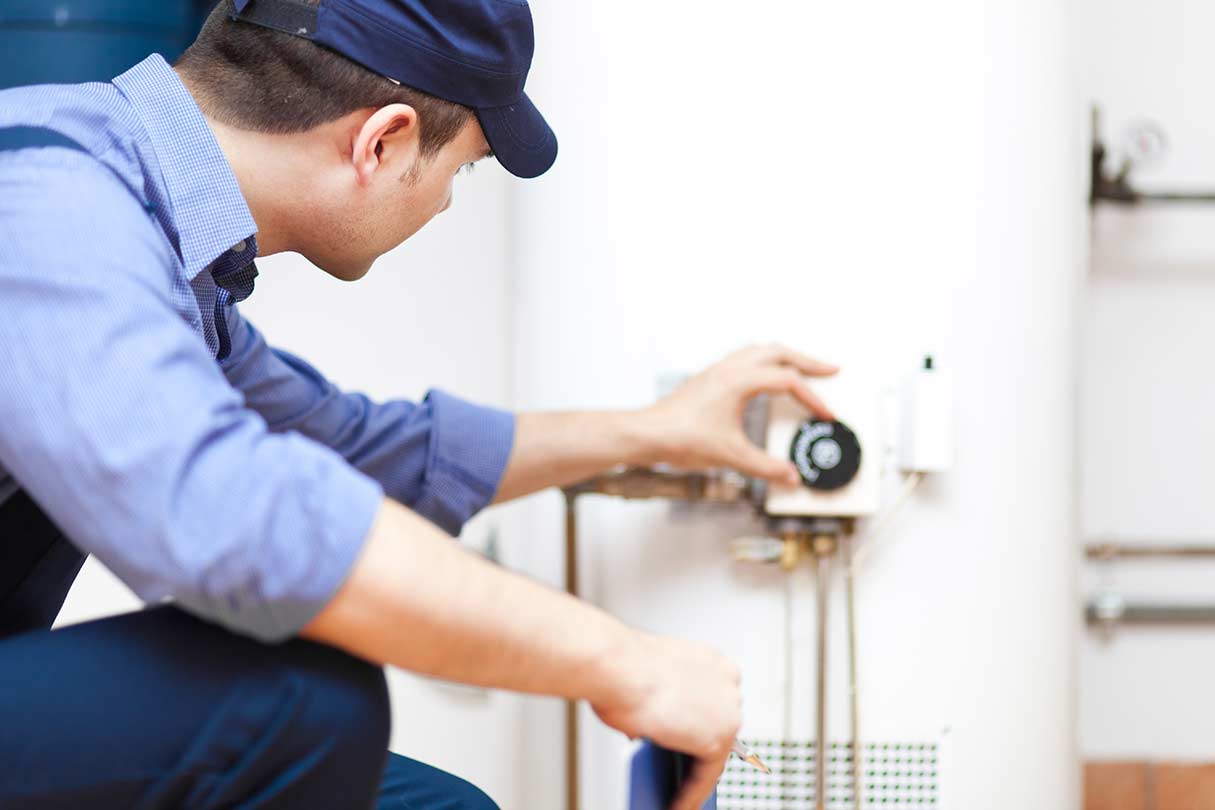
What To Do If Your Hot Water Heater Pressure Relief Valve Leaking
There’s no doubt that a water heater expert can help you fix your pressure relief valve when it fails. However, that doesn’t stop you from doing something.
Follow these steps when you notice a pressure relief valve leaking in your home.
Shut Down the Entire System
The first thing you have to do is shut the system down. There are issues with pressure regulation in the system, which could cause safety issues due to explosions and fires.
Also, you might have to deal with system failures due to the leak. Shutting down the valve on time ensures you don’t have to deal with severe issues with your plumbing.
Find Out Why You Have a Leak
It is easy to examine the system after you turn it off. Ensure you are aware of all the factors that could cause the leak. That helps you know where to look and what to anticipate as you look for ways to remedy the leak.
Here are some reasons you may have a pressure relief valve water heater leaking.
- High Water Pressure: A PSI above 150 is high in a water heating system. It can cause a persistent leak, usually due to a closed plumbing issue. Water gets heated, but the excess pressure has no escape due to a closed valve.
- High Water Temperature: Excessively high water temperatures nearing the boiling point could be the reason you have leaks. The standard temperature for water in a heater is 120 degrees Fahrenheit. Any temperature above that is risky.
- Wrong Valve Installation: This is another factor that may leak a pressure relief valve. For example, it’s possible that you mistakenly installed a boiler’s valve in a water heater and vice versa. As a result, a leak will occur because of inefficiency.
- Time Has Run its Course on the Valve: After many years of service, the water heater valve will ultimately wear out, causing a leak. Your only option is to buy a new valve since repairing a damaged one is impossible.
- Inactive Valve: If the valve hasn’t been used for some time, it will more likely get damaged and leak. So, expect a slight leak if you open a valve that has been dormant. Replace the valve if the leak becomes more serious.
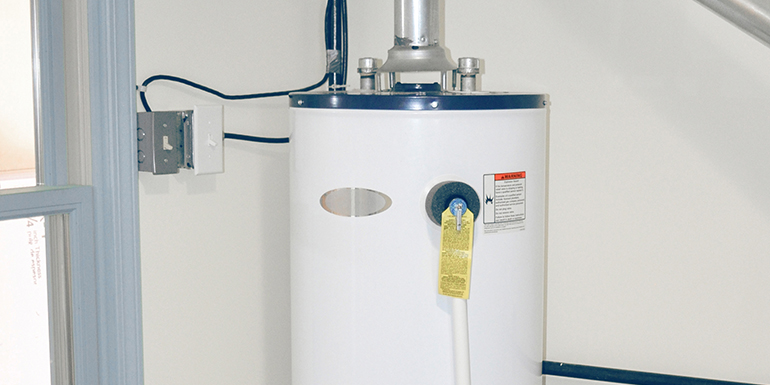
Repair or Replace the Valve
Knowing how a leak came helps you see if you should replace or repair it. Usually, a valve has the manufacturer’s instructions on how to carry out repairs which you should follow. When repairs aren’t an option, your next option is a replacement valve.
Here is how to replace a leaking pressure relief valve.
- Step 1: Switch off the power when sitting on a gas or electric water heater. There are simple switches to help with that.
- Step 2: Turn the cold water cut-off valve that feeds water into the heater
- Step 3: Trace the valve at the bottom of the heater and turn it on along with the pressure relief valve. It ensures you drain excess water, which takes a minute.
- Step 4: Cut off the overflow pipe from the pressure valve if it is soldered or glued. Consider engaging an expert in this step if you feel anxious about it.
- Step 5: Use a wrench to remove the screws from the old valve.
- Step 6: Wrap the plumber’s tape around the new valve and screw it on the water heater. Turn away the opening of the overflow pipe when doing this.
- Step 7: Apply the plumber’s tape (Teflon Tape) on the drain pipe’s threads, then pull it back on the heater.
- Step 8: Turn the cold water valve on and examine it for leaks.
You need not wait until it’s too late to find a pressure relief valve. You can look for the signs to help you catch an issue like leaking on time.
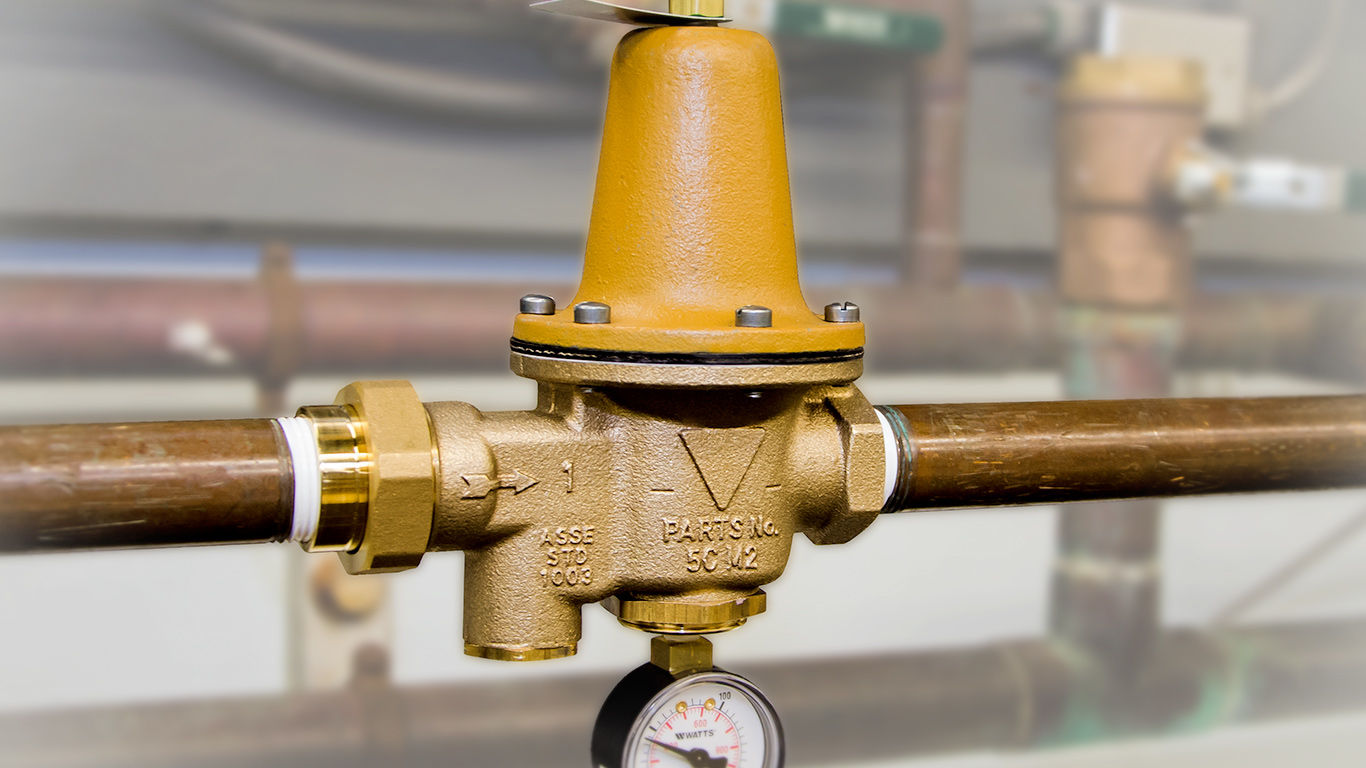
3 Signs That You May Have Pressure Relief Valve Leaks
If you look closely enough, it’s impossible to miss a pressure valve leak. You are in a position to be accurate when you know what to look for in the system. Here are some signs you can watch to tell you to have a water heater pressure relief valve leaking.
Fluctuating /Low Water Pressure
Fluctuating or low water pressure is a telltale sign of a leak in your system. Usual this sign is notable when using the faucet at your bathroom sink, for instance. The pressure there gets lower when say, there is another faucet in use, for example, in the kitchen
Zero Water Pressure
Instead of having fluctuating or low pressure, there might be zero pressure in your water system. It indicates a problem with the pressure relief valve, which is likely a leak.
Noise in the Walls
The noise from your walls when there is a leak in your valve is loud bandaging or humming. You may have to trace its exact location, which is possible if you get closer to the wall to find where the noise is most intense.
Final Words
When you have a water heater pressure relief valve leaking, it’s crucial to follow all the procedures required to fix it. You’re likely to find replacing a valve more convenient than repairing it. Remember that fixing a leaking valve is a matter of safety and efficiency.











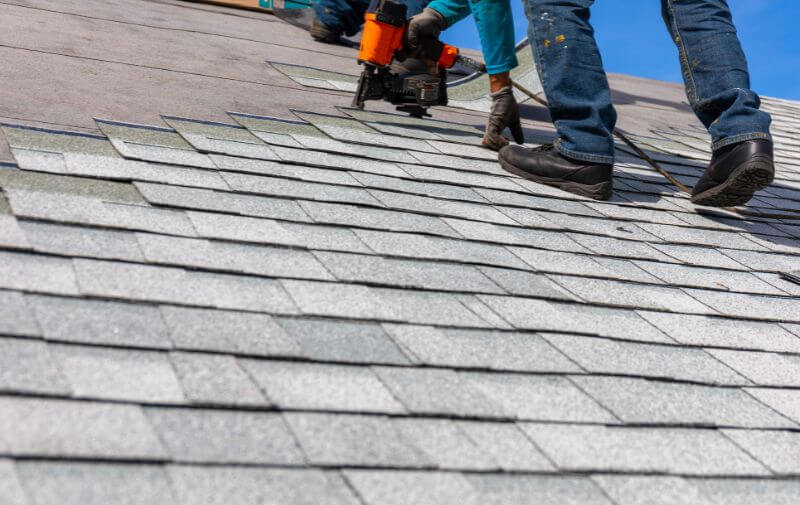
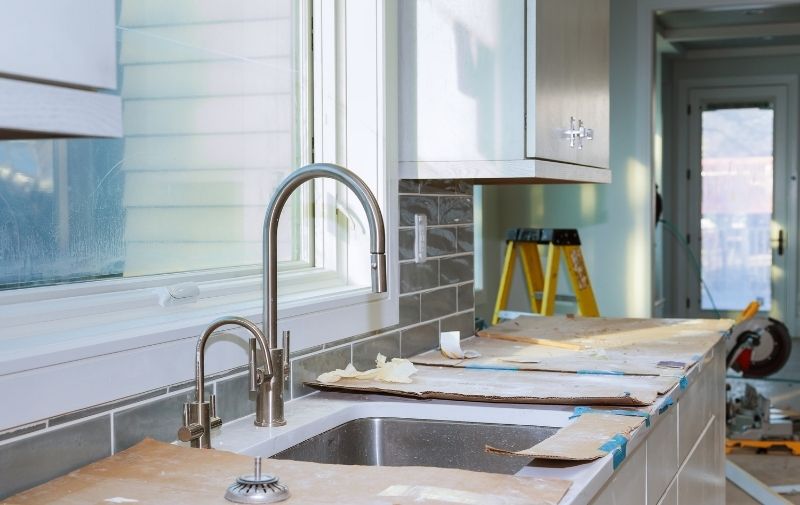

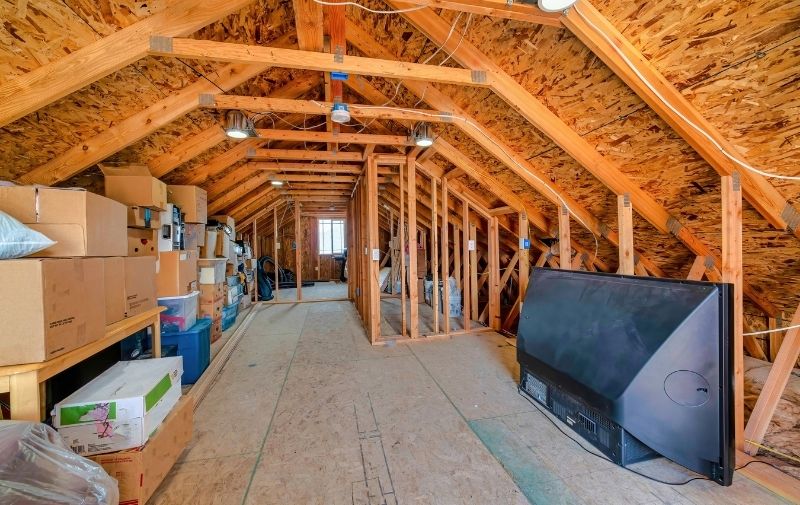
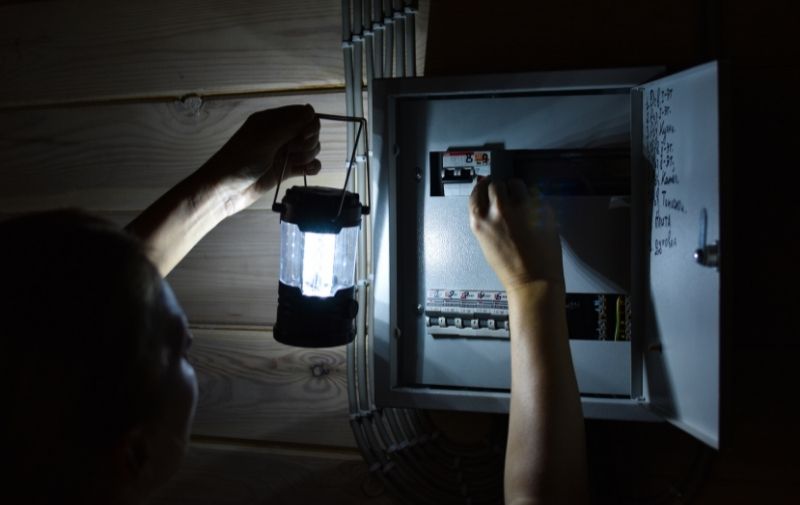
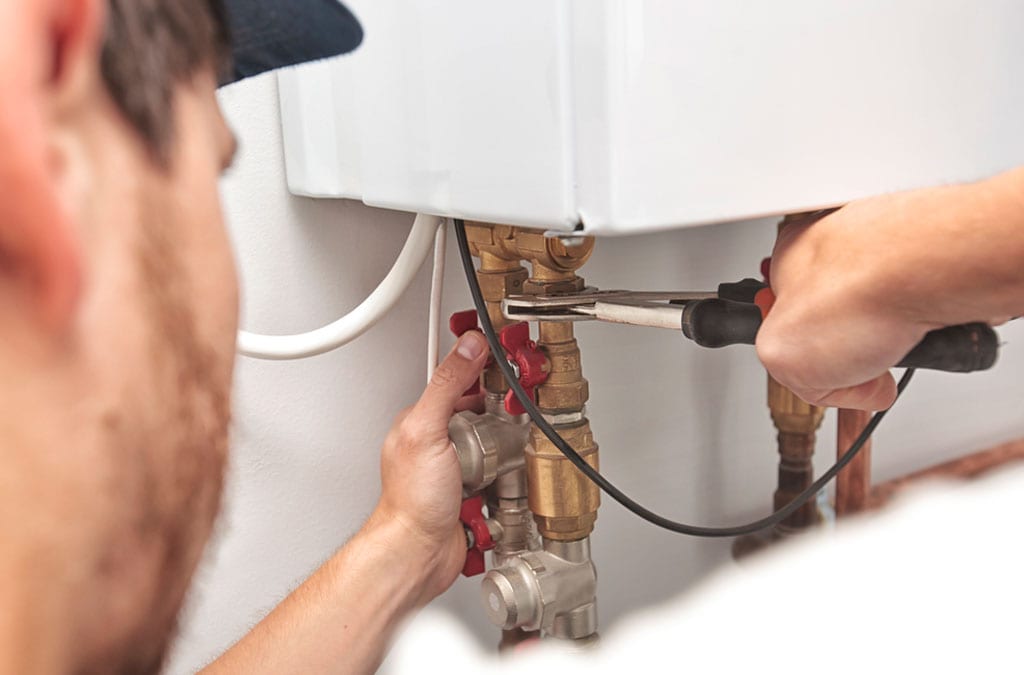




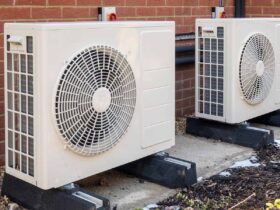
Leave a Reply